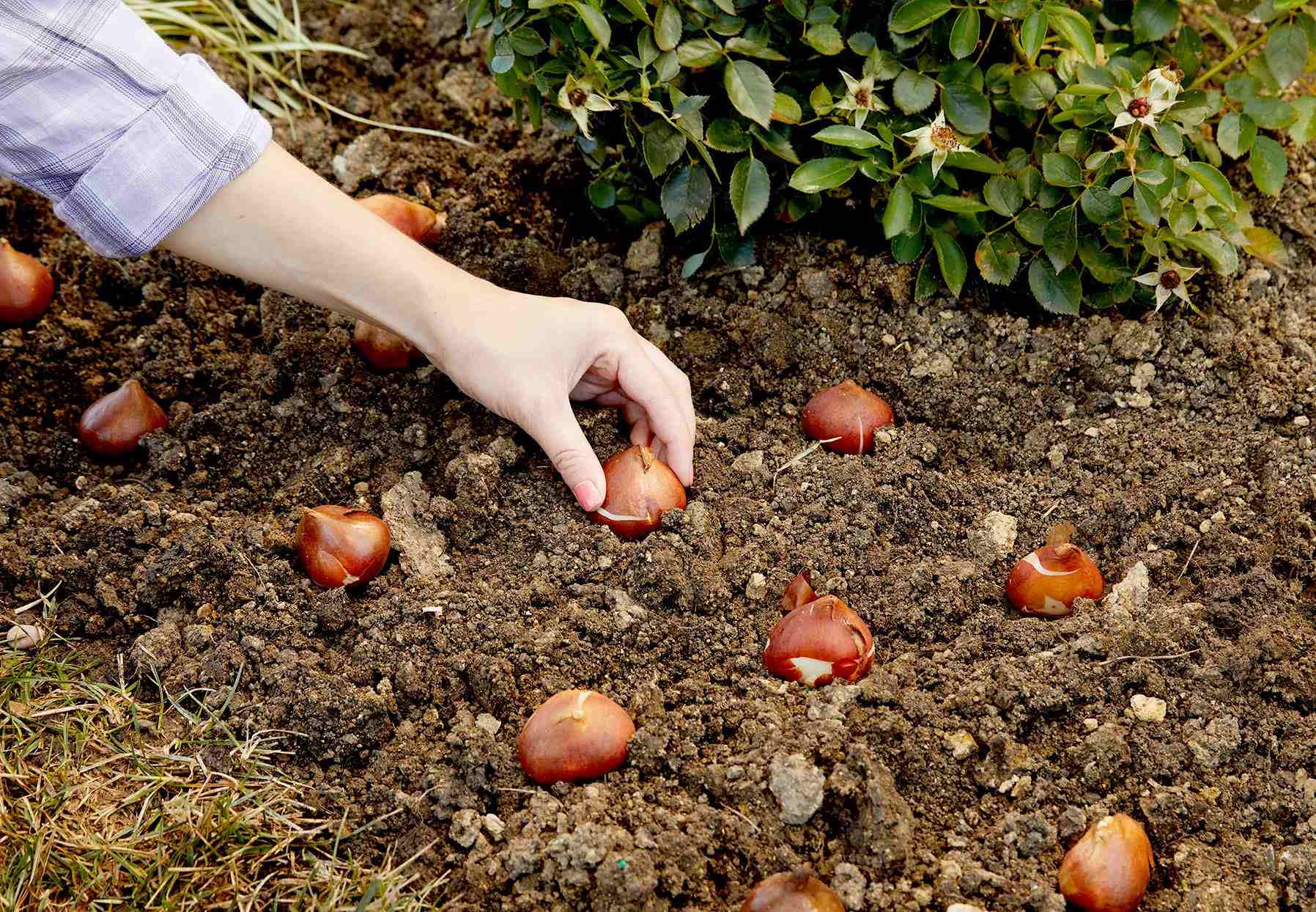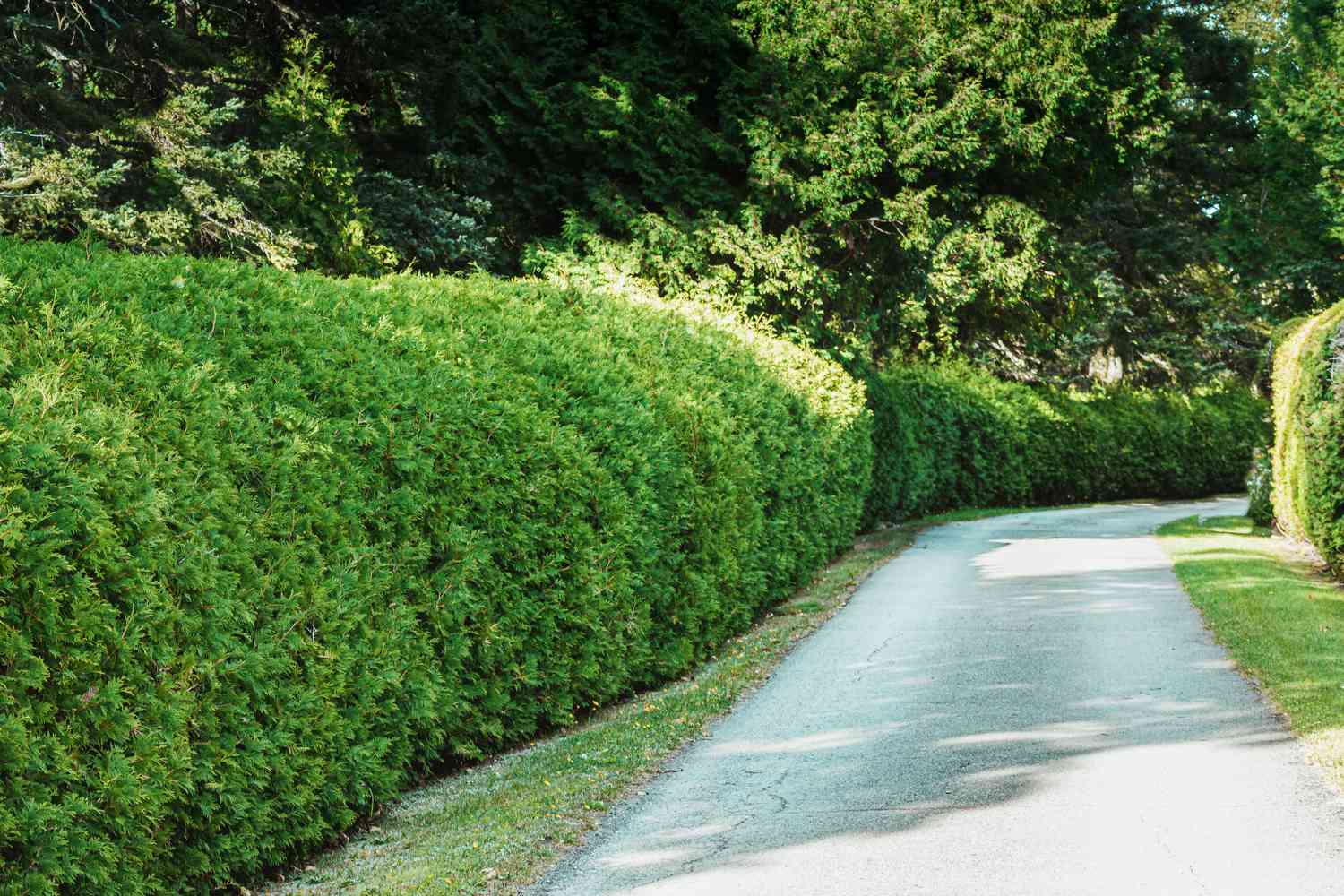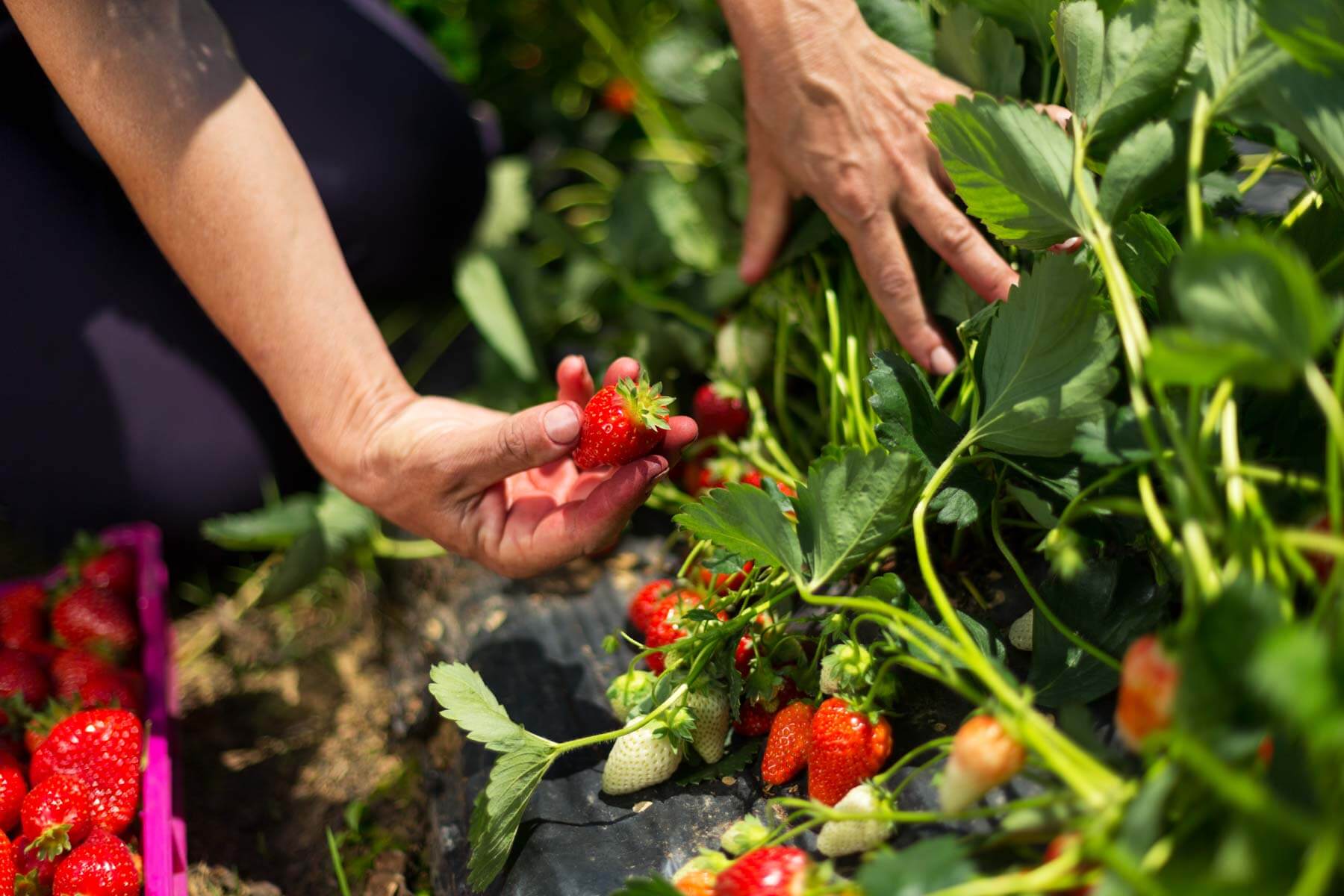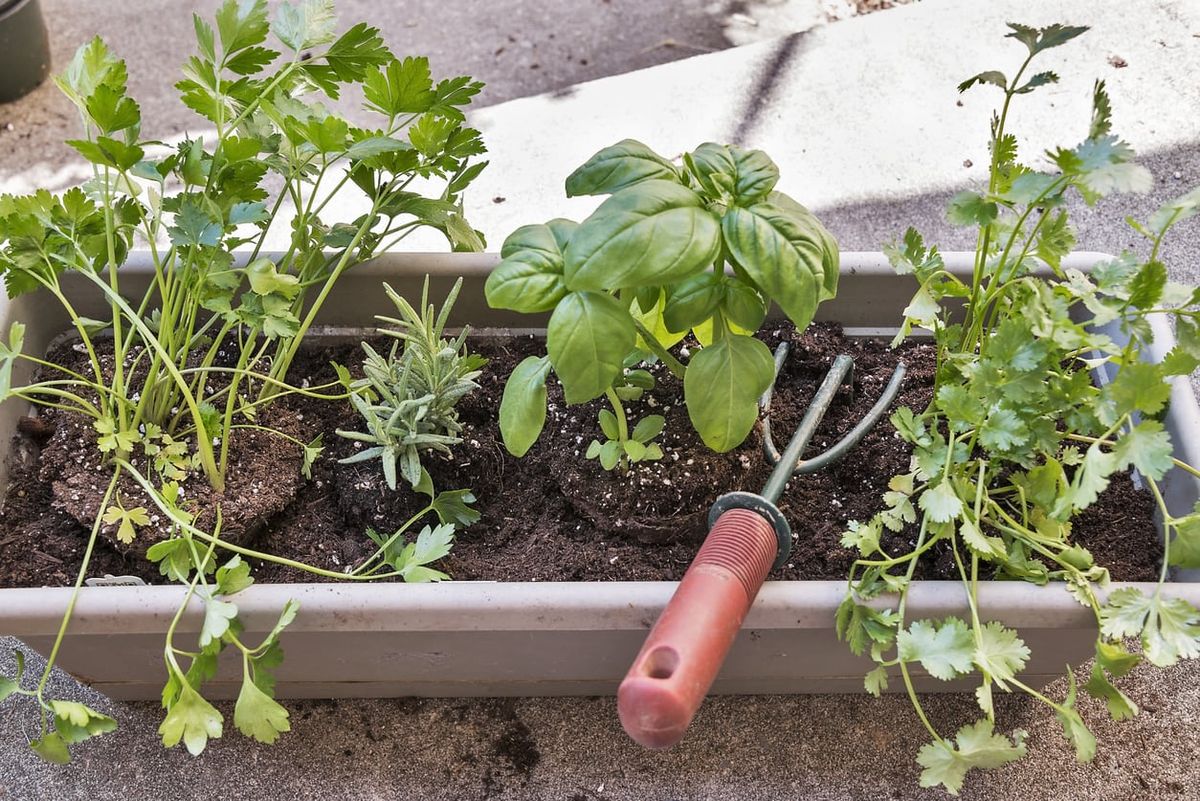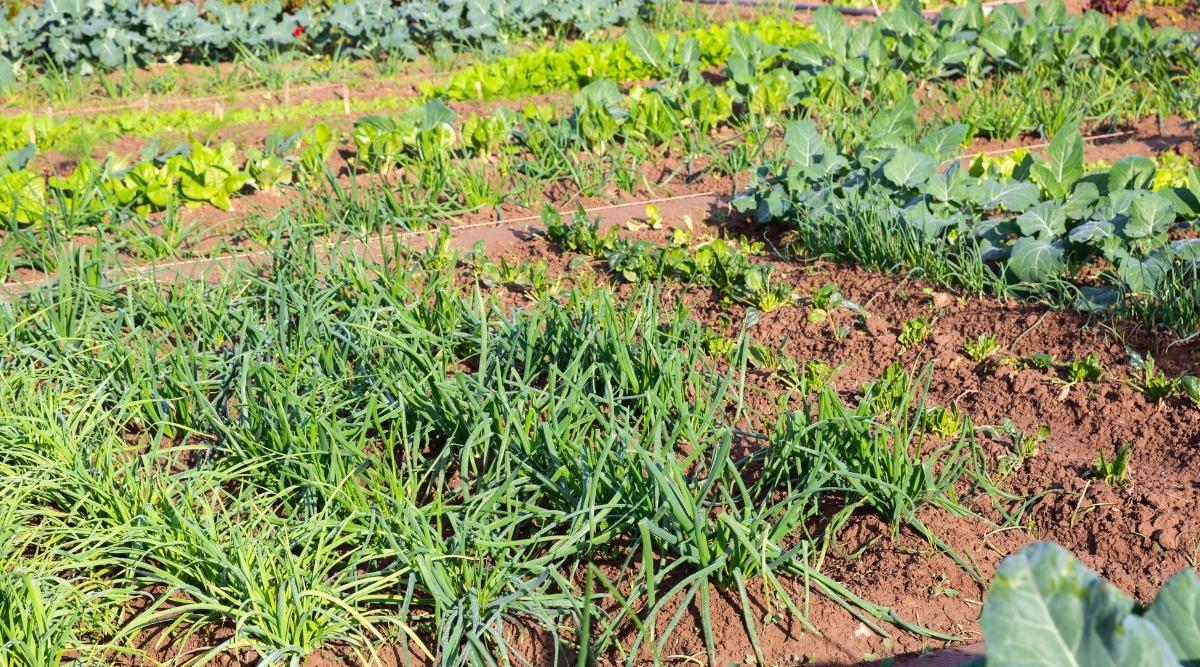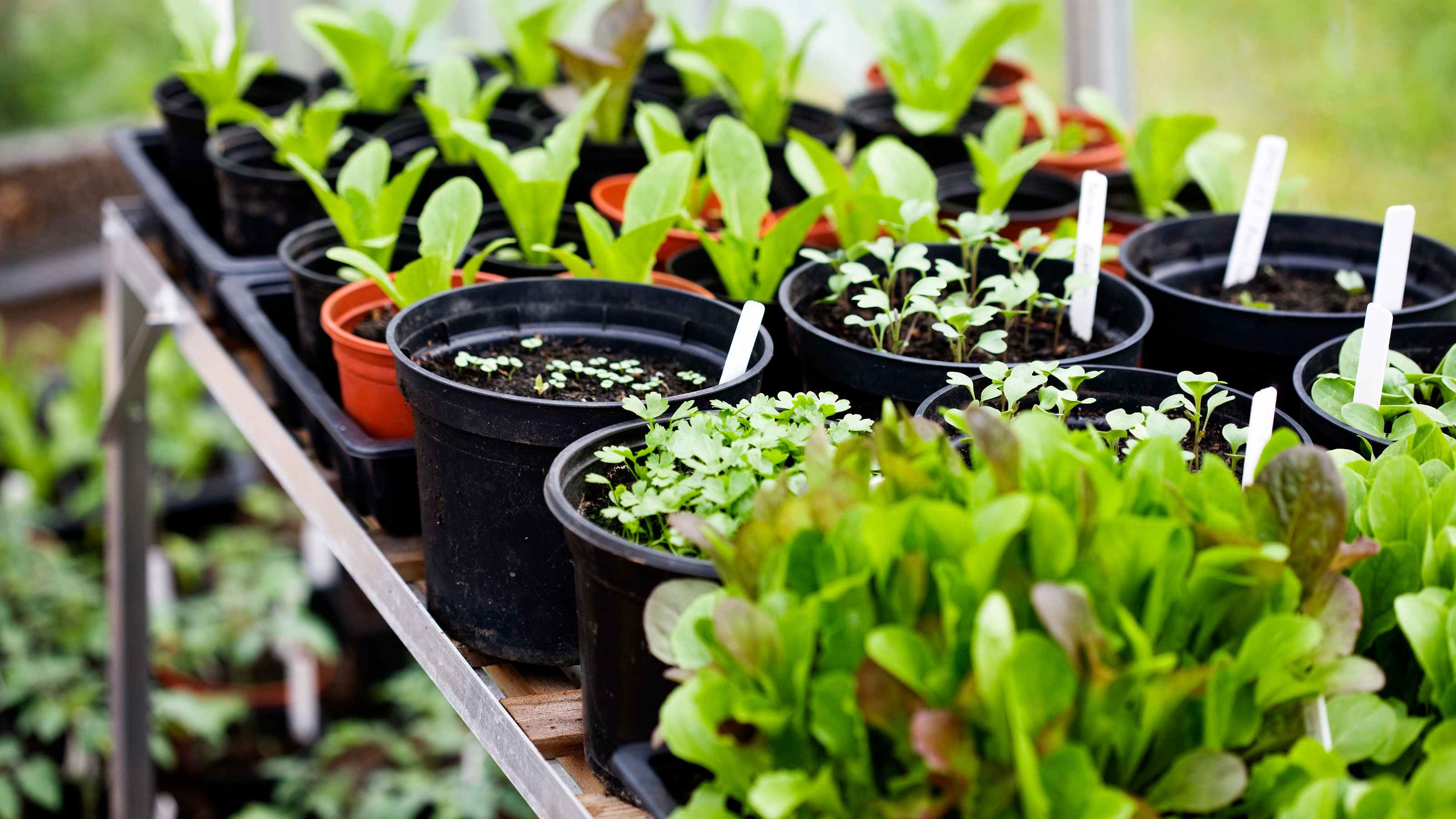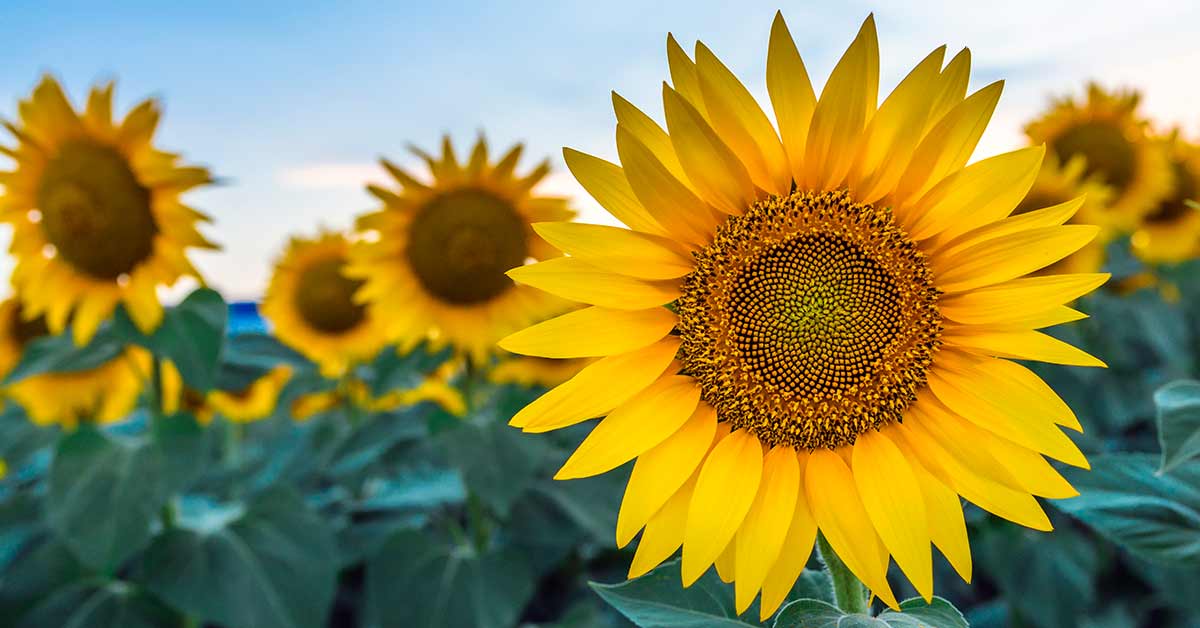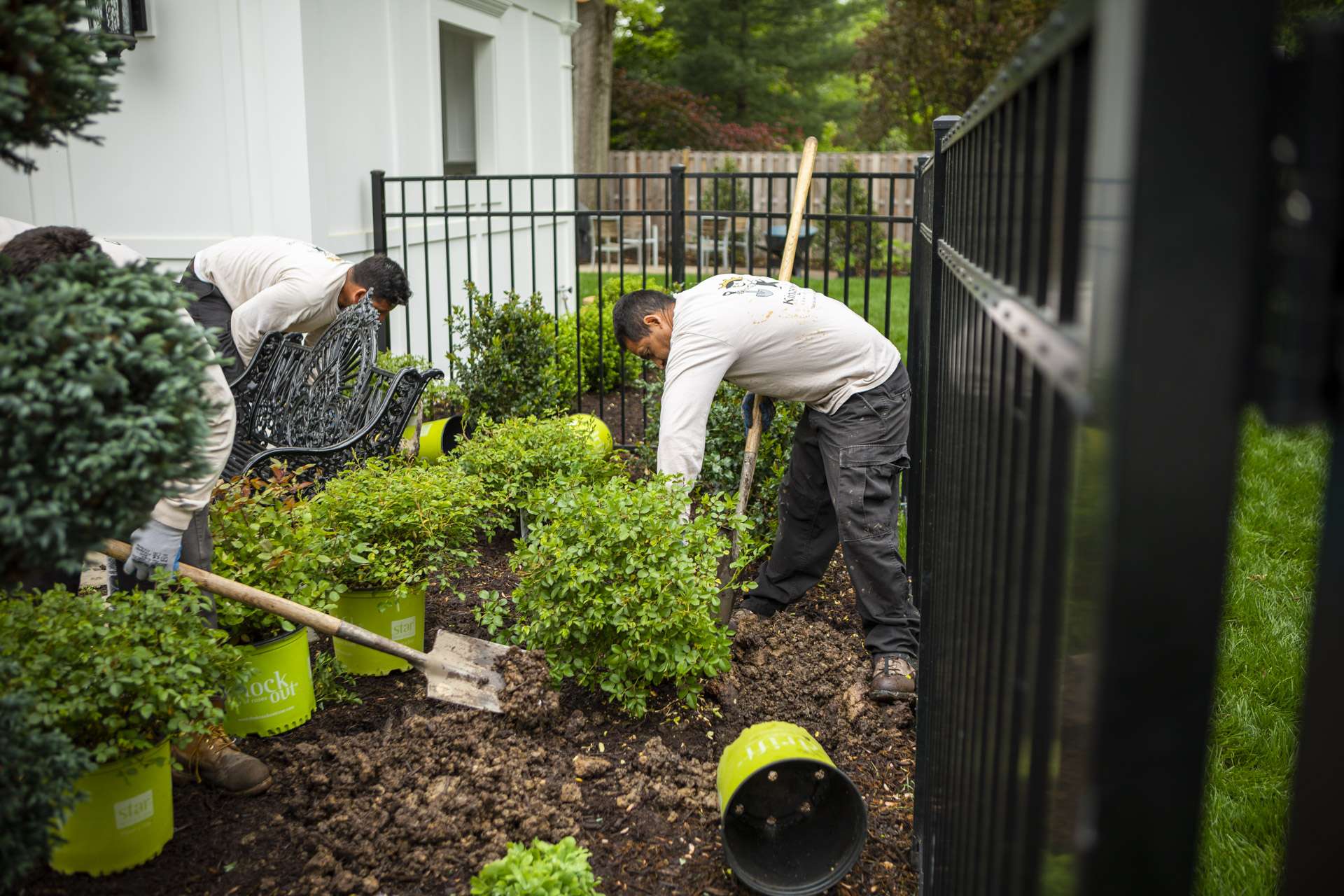Home>Types of Gardening>Ornamental Gardening>How Late Can I Plant Sunflowers
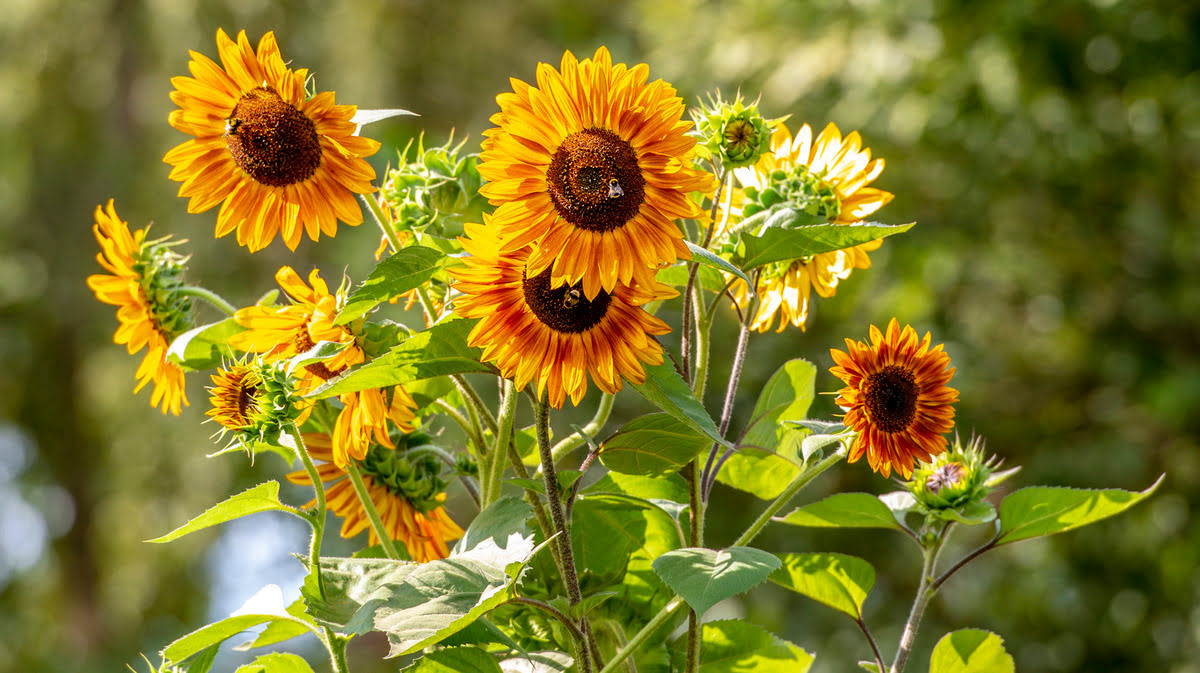

Ornamental Gardening
How Late Can I Plant Sunflowers
Modified: January 22, 2024
Discover the best time to plant sunflowers in your ornamental garden. Find out how late you can plant sunflowers for a beautiful display.
(Many of the links in this article redirect to a specific reviewed product. Your purchase of these products through affiliate links helps to generate commission for Chicagolandgardening.com, at no extra cost. Learn more)
Table of Contents
Introduction
Welcome to the world of ornamental gardening! If you’re looking to add a touch of beauty and charm to your outdoor space, there’s nothing quite like planting sunflowers. These vibrant and cheerful flowers are a staple in many gardens, attracting not only human admirers but also pollinators like bees and butterflies. While the ideal time to plant sunflowers is in the spring, you may find yourself wondering if it’s too late to plant them if you missed the window.
The good news is that you can still enjoy the beauty of sunflowers even if you missed the optimal planting time. Late planting of sunflowers is a common practice, and with a few adjustments, you can still achieve a successful and rewarding gardening experience.
In this article, we will explore the factors to consider when planting sunflowers late, determine the ideal late planting time, go through the steps for late planting, discuss recommended sunflower varieties, provide tips for caring for late-planted sunflowers, and highlight the benefits of this late planting approach.
So, whether you’re a novice gardener or an experienced enthusiast, read on to discover how to make the most of your late planting adventure with sunflowers!
Factors to Consider when Planting Sunflowers Late
Planting sunflowers late in the season comes with its own set of considerations. Understanding these factors will help ensure the success of your late planting endeavor:
- Climate: The climate of your region plays a crucial role in determining the feasibility of late planting sunflowers. Consider the average temperatures and frost dates in your area. Sunflowers thrive in warm weather, so if your region experiences cool temperatures or early frost, it may be more challenging to achieve optimal growth.
- Daylight: Sunflowers require long hours of daylight to thrive. Late planting means less daylight for the plants to grow. Be mindful of the dwindling daylight hours as the season progresses and adjust your expectations accordingly.
- Soil Temperature: Sunflowers prefer warmer soil temperatures for optimal germination and growth. Late planting may mean that the soil has cooled down, which can affect seed germination. Consider using techniques such as pre-warming the soil or using protective barriers to ensure the soil temperature remains suitable for sunflower growth.
- Rainfall: Adequate water supply is essential for sunflower growth. Late plantings may coincide with drier periods, so it’s crucial to monitor rainfall levels and supplement irrigation when necessary to keep the soil moist.
- Pest and Disease Pressure: Late-planted sunflowers may be more susceptible to pest infestation and disease. The longer the growing season for pests and diseases, the higher the risk. Implement proper pest management practices and monitor for any signs of disease or insect damage.
By taking these factors into account, you can mitigate some of the challenges that come with planting sunflowers late in the season. Keep them in mind as you plan your late planting strategy to maximize the chances of a successful harvest.
Ideal Late Planting Time for Sunflowers
While the ideal time to plant sunflowers is in the spring, there is still some flexibility when it comes to late planting. The specific late planting time for sunflowers will depend on your climate, but as a general guideline, aim to plant them about 10 to 12 weeks before the first expected frost date in your area.
This late planting timeframe allows the sunflowers to have enough time to grow and bloom before the cooler temperatures set in. However, keep in mind that sunflowers planted late may have shorter growing seasons and smaller blooms compared to those planted earlier.
It’s also essential to consider the maturity period of the sunflower variety you choose. Some varieties have shorter maturity periods and are better suited for late planting. These varieties typically reach maturity in around 60 to 70 days, allowing them to develop fully even with a shorter growing season.
Consult your local agricultural extension office or gardening resources to determine the average first frost date in your area. From there, you can calculate the optimal late planting time for sunflowers and plan your garden accordingly.
Remember that sunflowers are hardy plants and can tolerate heat and drought conditions. They will continue to grow and bloom as long as the temperatures are not consistently freezing. So, even if you miss the recommended late planting window, you can still give it a try and potentially enjoy some sunflower beauty in your garden.
Next, let’s walk through the steps for late planting sunflowers to ensure you have a successful planting experience.
Steps for Late Planting of Sunflowers
Late planting of sunflowers requires some adjustments to ensure the best possible growth and success. Follow these steps to maximize your chances of a beautiful sunflower display:
- Choose the Right Variety: Select sunflower varieties that have shorter maturity periods, typically around 60 to 70 days. These varieties will have a better chance of reaching full maturity before the frost arrives.
- Prepare the Soil: Ensure the planting area is well-drained and free of weeds. Sunflowers prefer loose, well-draining soil. Amend the soil with organic matter to improve fertility and drainage if needed.
- Sow the Seeds: Plant the sunflower seeds directly into the prepared soil. Follow the recommended spacing and planting depth for the specific variety you are planting. Water the seeds gently after planting to settle them into the soil.
- Provide Adequate Water: Water the newly planted seeds regularly to keep the soil consistently moist. Be mindful of the watering needs, especially if your region experiences dry spells. Avoid overwatering, as it can lead to root rot or fungal diseases.
- Protect from Frost: Monitor the weather forecasts for any potential frost or freeze warnings. If frost is expected, cover the sunflowers with a frost blanket or burlap to protect them from cold temperatures. Remove the covers during the day to allow sunlight access.
- Support Tall Varieties: If you are planting tall sunflower varieties, provide support to prevent them from toppling over in strong winds. Install stakes or trellises near the plants and gently tie them for support as they grow.
- Monitor for Pests and Diseases: Regularly inspect the sunflowers for any signs of pest infestation or disease. Implement appropriate pest control measures and treat any issues promptly to prevent further damage.
- Maintain Weed Control: Keep the planting area weed-free to reduce competition for nutrients and water. Regularly remove weeds by hand or use organic mulch to suppress weed growth.
By following these steps, you can increase the likelihood of a successful late planting of sunflowers. Remember, even if the growing season is shorter for late-planted sunflowers, they can still bring joy and beauty to your garden!
Recommended Sunflower Varieties for Late Planting
When it comes to late planting of sunflowers, choosing the right variety can make a significant difference in the success of your garden. Look for sunflower varieties with shorter maturity periods, typically around 60 to 70 days, as they are better suited for late planting. Here are a few recommended varieties:
- Sunflower ‘Autumn Beauty’: This variety is known for its stunning mix of colors, ranging from deep reds to vibrant oranges and sunny yellows. ‘Autumn Beauty’ has a maturity period of around 70 days, making it a great choice for late planting.
- Sunflower ‘ProCut’: ‘ProCut’ sunflowers are dwarf varieties that reach a height of around 2 to 3 feet. These compact plants produce large, pollen-free flowers in various colors such as yellow, red, and bicolor. ‘ProCut’ sunflowers have a maturity period of approximately 65 to 70 days.
- Sunflower ‘Italian White’: If you prefer a unique and elegant touch to your garden, ‘Italian White’ sunflowers are an excellent choice. These sunflowers have creamy white petals and dark centers, creating a striking contrast. They have a maturity period of around 60 days, making them suitable for late planting.
- Sunflower ‘Double Dandy’: ‘Double Dandy’ sunflowers are known for their double-layered petals, giving them a fluffy and eye-catching appearance. These sunflowers have a shorter maturity period of around 60 to 65 days, providing a better chance for full development in late planting.
- Sunflower ‘Pacino’: This dwarf sunflower variety reaches a height of only 12 to 18 inches, making it perfect for smaller gardens or containers. ‘Pacino’ sunflowers produce golden yellow flowers and have a maturity period of approximately 60 days.
These are just a few examples of sunflower varieties that are suitable for late planting. There are many other options available, so explore your local nursery or seed catalog for more choices. Remember to check the maturity period of the selected varieties to ensure they will have enough time to flourish in your growing season.
Now that you have an idea of some recommended varieties, let’s dive into essential tips for caring for late-planted sunflowers.
Tips for Caring for Late-Planted Sunflowers
Caring for late-planted sunflowers requires attention to specific factors to ensure their healthy growth and development. Follow these tips to optimize the care for your late-planted sunflowers:
- Watering: Sunflowers need regular watering, especially during periods of dry weather. Provide deep, thorough watering to ensure the roots receive adequate moisture. Aim to keep the soil consistently moist but not waterlogged.
- Fertilization: Apply a balanced fertilizer to the soil before planting your sunflowers. This will provide the necessary nutrients for healthy growth. Follow the package instructions for the appropriate amount and timing of fertilizer application.
- Mulching: Apply a layer of organic mulch around the base of the sunflowers to help retain moisture, suppress weed growth, and regulate soil temperature. This is particularly important for late-planted sunflowers that may be more susceptible to heat stress and weed competition.
- Staking and Support: As sunflowers grow taller, they may require additional support to prevent them from toppling over in strong winds or heavy rain. Install stakes or use a trellis system to provide support and gently tie the stems to keep them upright.
- Pest Control: Monitor your sunflowers for any signs of pests such as aphids, caterpillars, or beetles. Implement appropriate pest control measures, such as using organic insecticides or introducing beneficial insects, to protect your sunflowers from damage.
- Pruning: Remove any dead or damaged leaves or flowers from the sunflower plants to maintain their health and aesthetics. This will also help improve airflow and prevent the spread of diseases.
- Protecting from Extreme Temperatures: Late-planted sunflowers are more susceptible to extreme temperatures, both hot and cold. During periods of excessive heat, provide shade or use shade cloth to protect the plants from scorching. Similarly, cover the sunflowers with frost blankets or burlap during chilly nights to prevent frost damage.
- Harvesting Seeds: Late-planted sunflowers may not have enough time to fully mature before the frost arrives. However, you can still enjoy harvesting the seeds for future use or wildlife feed. Allow the seed heads to dry on the plant until the back of the flower head turns brown. Harvest the heads and hang them in a cool, dry place to complete the drying process.
By following these tips, you can help your late-planted sunflowers thrive and reach their full potential. Enjoy the beauty of these vibrant flowers as they add color and charm to your garden.
Benefits of Late Planting Sunflowers
While planting sunflowers early in the season is ideal, there are several benefits to late planting that make it a worthwhile endeavor:
- Extended Blooming Period: Late-planted sunflowers often bloom later in the season when many other flowers have finished flowering. This extended blooming period can bring a burst of vibrant color and cheerful beauty to your garden when other plants may be fading.
- Extended Pollinator Support: Late-blooming sunflowers provide a valuable food source for bees, butterflies, and other pollinators during the later parts of the season when nectar sources may be scarce. By planting sunflowers late, you can contribute to the health and well-being of these essential pollinators.
- Seed Harvesting Opportunities: Late-planted sunflowers may still produce seeds that can be harvested and used for various purposes. Sunflower seeds are not only delicious and nutritious for humans, but they also serve as a valuable food source for birds and other wildlife during the fall and winter months.
- Reduced Weed Competition: Late planting of sunflowers can help reduce weed competition. By the time you plant your sunflowers, many of the early-season weeds have already gone to seed or started to decline. This can make it easier to maintain weed control throughout the growing season.
- Opportunity for Experimentation: Late planting allows you to experiment with different sunflower varieties or growing techniques. You can try new color combinations, dwarf varieties, or unique shapes to add excitement and diversity to your garden.
- Enjoy Autumn Aesthetic: Late-planted sunflowers can add a touch of autumn beauty to your outdoor space. Their warm yellows, oranges, and reds complement the natural color palette of fall and create a stunning backdrop for the season.
Embrace the benefits of late planting sunflowers and take advantage of the unique opportunities it presents. Whether it’s for an extended bloom time, supporting pollinators, or enjoying the autumn aesthetics, late-planted sunflowers can bring joy, beauty, and ecological benefits to your garden.
Conclusion
Late planting of sunflowers may require some adjustments and considerations, but it can still result in a successful and rewarding gardening experience. By understanding the factors to consider, determining the ideal planting time, following the necessary steps, and selecting the right varieties, you can enjoy the vibrant beauty of sunflowers even if you missed the optimal planting season.
Remember to pay attention to the specific needs of late-planted sunflowers, such as adequate watering, fertilization, mulching, and pest control. Provide support for taller varieties and protect the plants from extreme temperatures to ensure their optimal growth and development.
The benefits of late planting sunflowers are numerous. Not only do they extend the blooming period and provide crucial food sources for pollinators, but they also offer opportunities for seed harvesting, reduce weed competition, and add an autumn aesthetic to your garden.
So, don’t hesitate to give late planting a try and witness the beauty that sunflowers can bring to your outdoor space. With proper care and attention, late-planted sunflowers can thrive and become a stunning centerpiece in your garden.
Embrace the flexibility and creativity that late planting offers, and enjoy the journey of growing and nurturing these magnificent flowers. Happy gardening!
